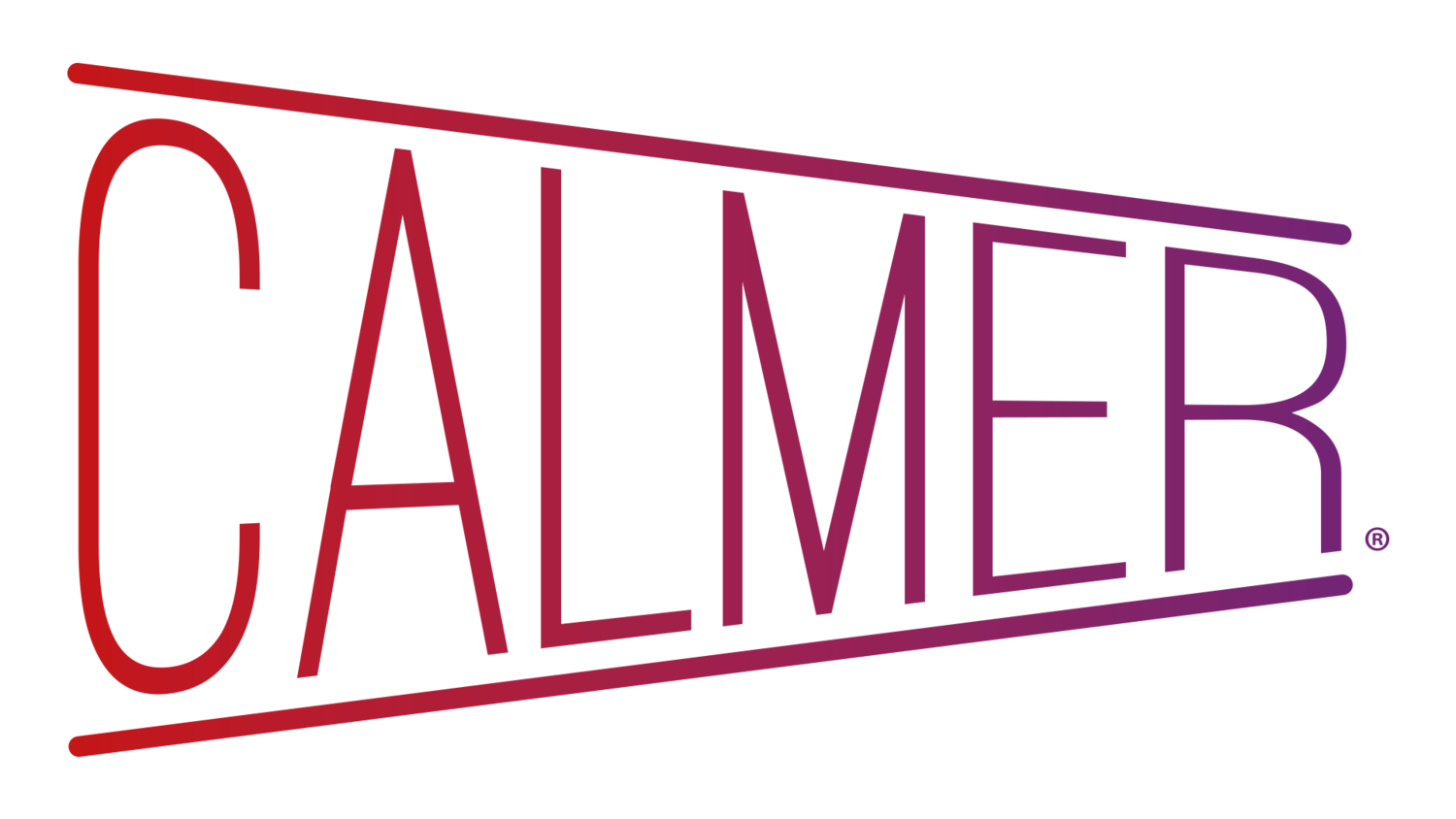In times of global pandemic, living with a certain degree of stress and anxiety has become increasingly common for many individuals, as we navigate the uncertain and the unknowable. At Calmer, we believe it is more important than ever for us all to regularly check in with our stress and tension levels, as the long-term, unresolved accumulation of this can lead to burnout.
This week’s post provides an insight into the power of conscious breathing, and how it can transform the way we manage our stress levels and prevent the risk of burnout. Written by Valerie Teh, of one Calmer’s wellbeing practitioners, whose personal experience of breathwork transformed her own experience of anxiety and depression in the years around her father’s passing. Read on to learn about how our breath is linked to our nervous system, and how you can change your state of being to best support your mental and physical health.
The gift of the breath
What if I told you there was a way to release tension and feel less stressed in a matter of minutes? And that it is not only 100% free, but requires zero additional equipment, and is location independent so you can try it out from the comfort of your bed or sofa?
It may sound too good to be true, but that is the gift of the breath. The answer is literally right under our noses!
Breathwork - the practice of consciously becoming aware of our breathing, and then actively altering your natural rhythm for specific purposes - has gained mainstream popularity in recent years, due to its accessibility and effectiveness.
As you are reading this right now, you are breathing. After you try the exercises at the end of this post for a mere few minutes, you are likely to feel a shift in your state of being.
This is because the breath is intrinsically tied to the human stress response. When we are triggered by stress, or a perception of stress e.g. when we watch the news and feel a sense of dread, our bodies automatically jump into a state of fight or flight. Our breath shortens, sharpens and gets caught in our upper chest, our heartbeat starts to race, our bodies flood with adrenaline, and blood flow is directed away from our extremities and non-essential organs.
While cold hands or feet, indigestion, or a reduction in sex drive is acceptable for the minutes or hours that it takes for us to deal with the threat or its perception, living like this in the medium- to long-term - which many of us are currently doing - can have debilitating effects on our mental and physical wellbeing.
Calm down your nervous system
Of all the physiological responses to stress, the only one we can take over is how we breathe. When you reverse the breath in fight, flight or freeze mode, so that it becomes longer, smoother and moves deeper into the abdominal cavity, you are signalling to the rest of your nervous system that the threat has passed, and the other affected functions – in body and mind – can return to a state of rest and calm.
As anecdotal and scientific evidence around the power of breathwork grows, so too does the range of ways in which breathwork is being applied. US Navy SEALS, C-suite executives and A-list celebrities are among those who have a regular conscious breathing practice.
There are popular new-age methodologies that use activating breathing techniques to achieve altered states of consciousness, and others that incorporate specific breathing techniques as one component among many to maximise physical performance capabilities.
Practise conscious breathing in 3 simple steps
In the current climate of stress and activation, a more grounded approach is the route I advise into breathwork. Setting aside a few minutes regularly to simply notice your breath for between 10 and 20 rounds is a popular mindfulness practice that can help focus the mind, and that you can try right now.
You could also add this awareness key to help centre at the start of a movement practice, such as yoga, or before taking on a task that you find stressful.
To learn a deeper, abdominal breath that can help bring your mind and body out of a stress state, follow this simple practice:
Place one or both hands on the space below your belly button
Either sitting up or lying down, with the spine in its neutral S-curve, breathe down to your hands and low belly, feeling a sense of expansion there as you inhale
At the peak of your breath in, allow your muscles to relax, and the low belly to relax down and in under your hands
Breathe here for anywhere between 3 and 10 minutes, inhaling through the nose and exhaling either through the nose or mouth – whatever feels more intuitive to you during your practice.
The power of including a mantra
You can also add an intention to your breaths to up-level your conscious breathing practice.
When you are feeling an excess of tension, experiment with the following two intentions:
[Inhale] “I release…” [Exhale] “tension”, or…
[Inhale] “I let go…” [Exhale] “of stress”
If there is something specific you know you are holding onto, in mind or body, feel free to get more specific with your intention.
This way of breathing also keeps the thinking mind focused on the practice, and what you are asking of it in this particular moment, rather than allowing the mind to wander back to potentially unhelpful ways of thinking.
This post was specially written for Calmer by Valerie Teh, one of our wellbeing practitioners.



